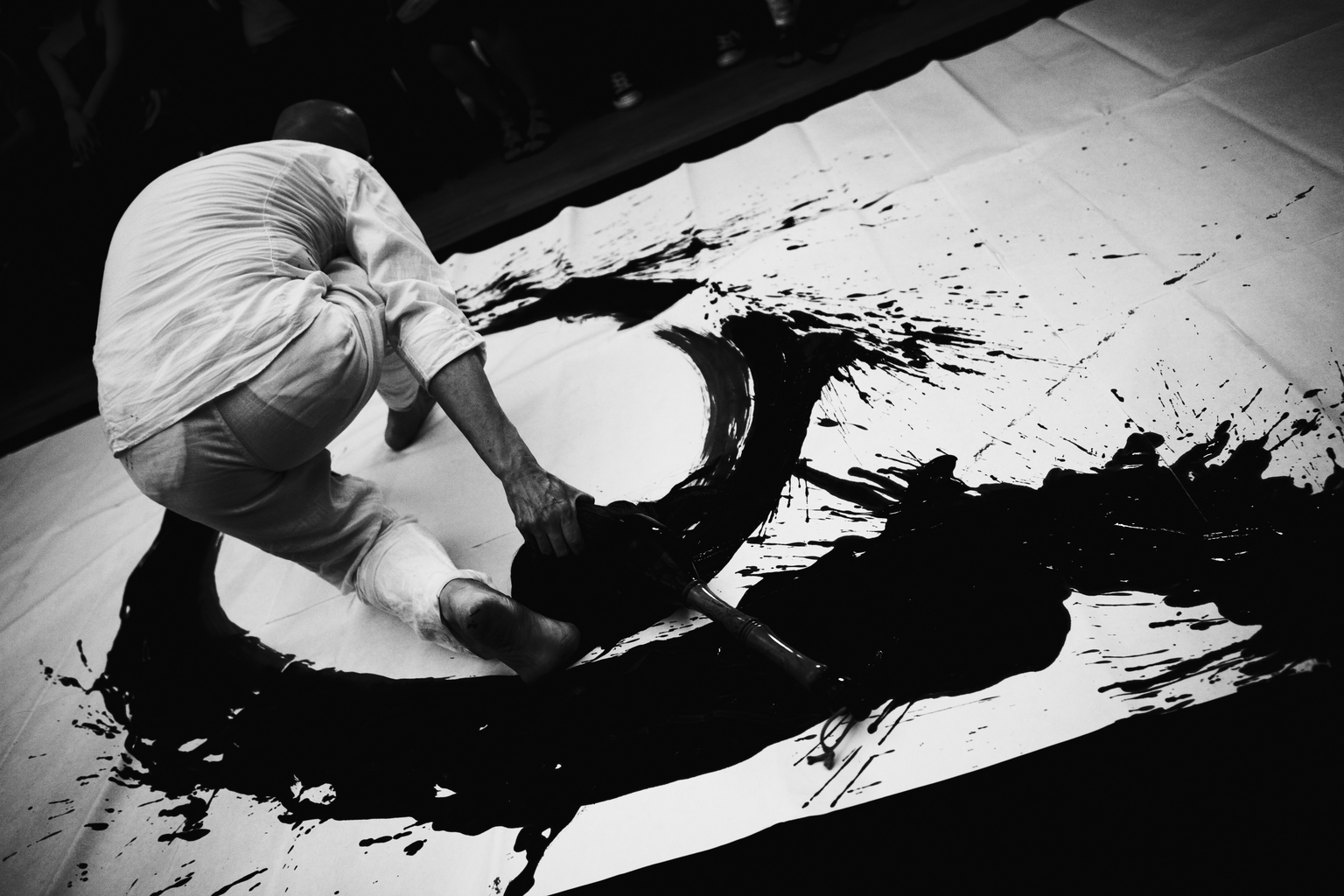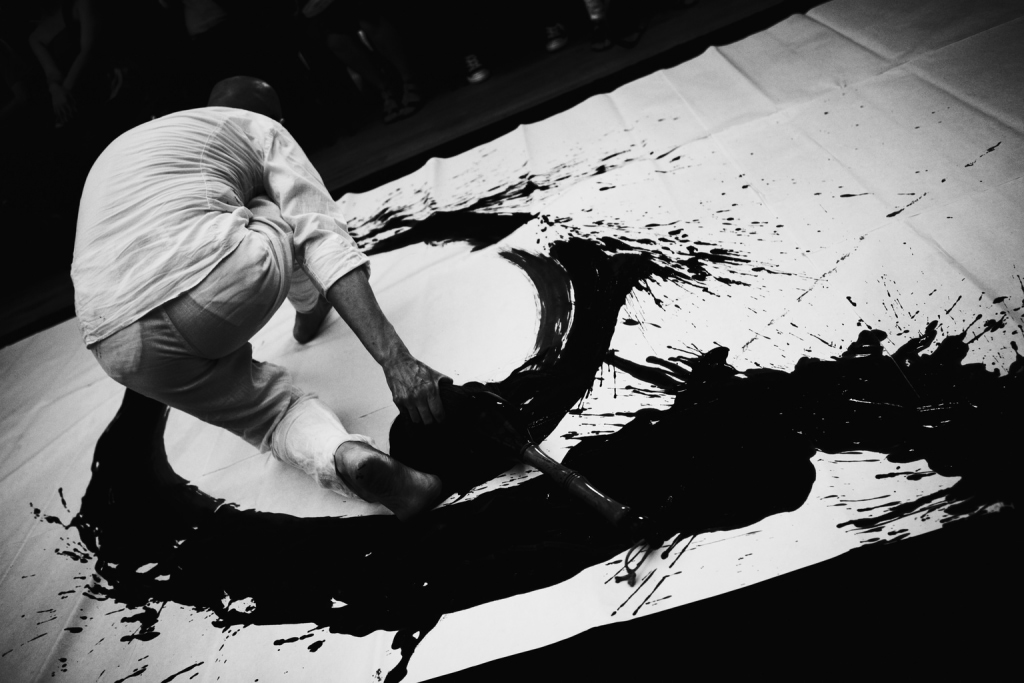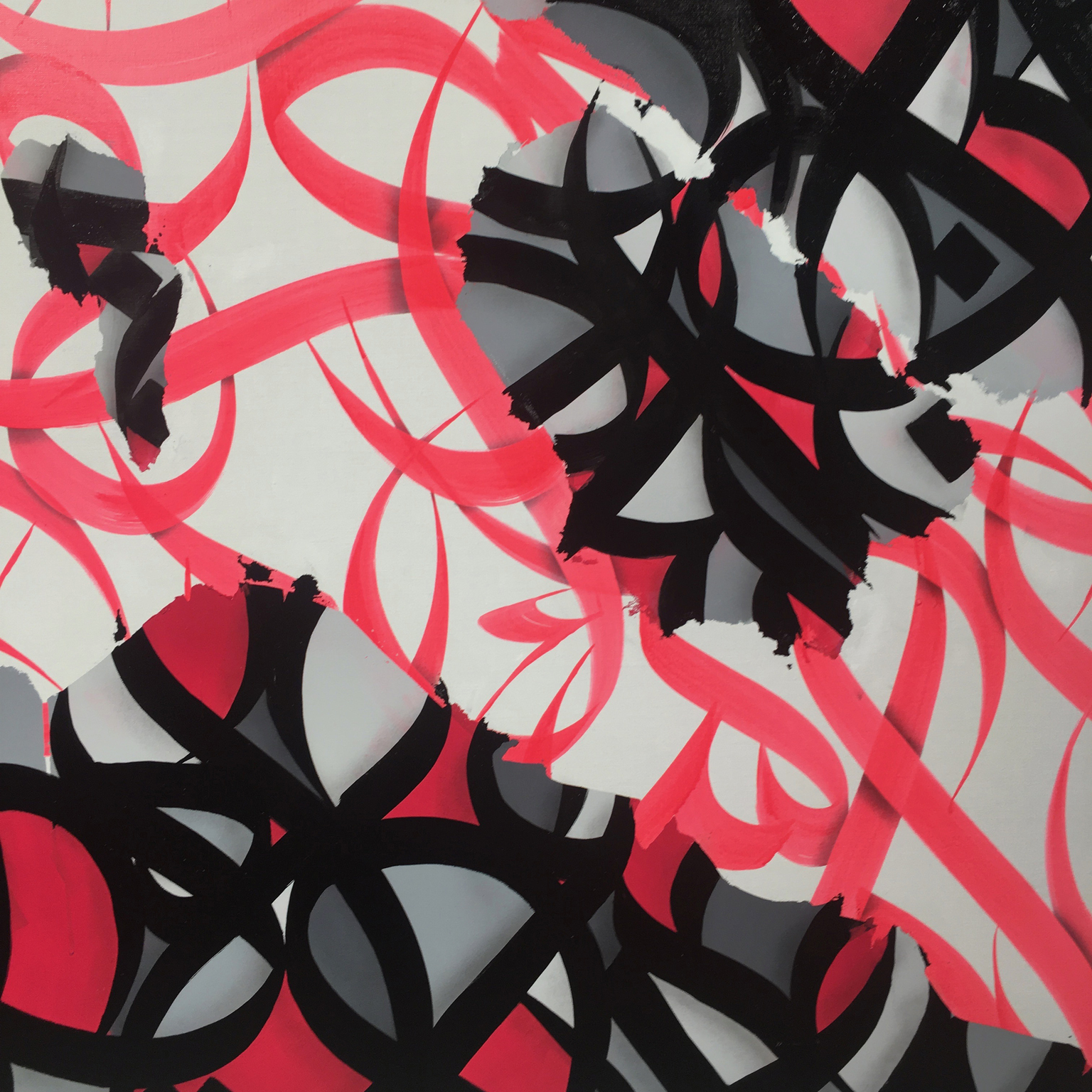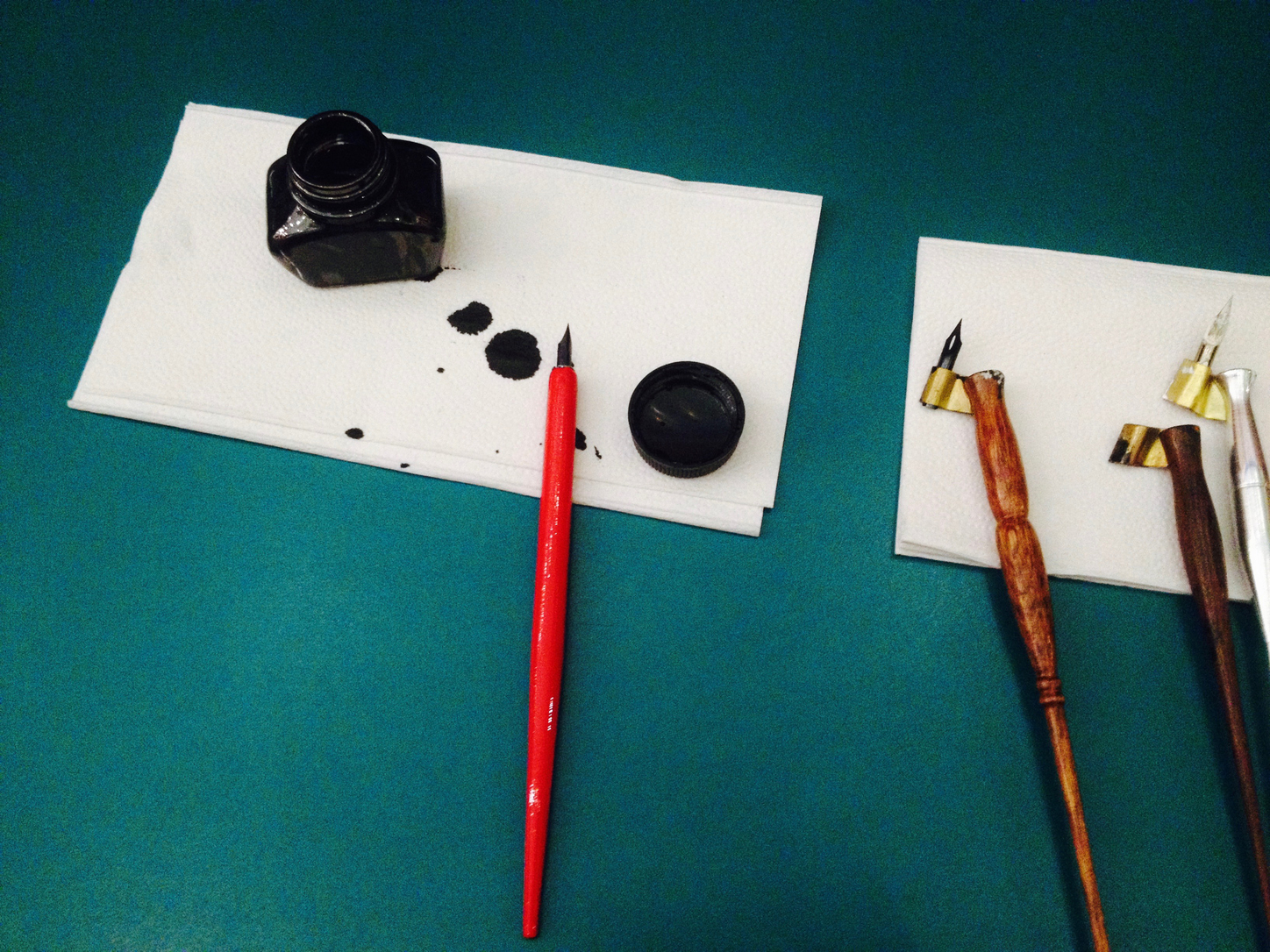We chat with Martin Cooper, the director of the award-winning documentary Traces of the Soul that explores contemporary calligraphy, introducing the skills and stories of 12 artists making their marks across the world while contemplating the modern relevance of an ancient art form.
The art of writing has existed since the development of written language, from Chinese characters to Latin script. As writing systems evolved in each culture, so too did the significance and beauty of its forms and messages. Throughout history, written words have existed far beyond practicality. We use them to communicate, commemorate, elaborate and decorate our lives, whether in the form of book pages, scrolls, the tiled walls of religious buildings or urban graffiti scrawl.
Exploring the legacy of the art form, Traces of the Soul is a documentary that shines a spotlight on contemporary calligraphers and takes an insightful dive into their lives, philosophies and practices. In the film’s opening scenes it reads, “In this digital age, we send over 204 million emails per minute, 22 billion texts each day…” before continuing, “Some people are sending deeper messages.”
For all the convenience and dazzling high-tech appeal of the modern world, humans continue to seek spirituality and connections through fundamentally simplistic means. The natural relationship between mind and body, emotion and self-expression can all be conveyed through art, but perhaps nowhere else is it so raw and direct as the simple movement of ink on paper.

Traces of the Soul features interviews with 12 diverse artists, taking the viewer on a visual journey spanning Japan, England, America, Turkey, Egypt and beyond, incorporating mesmerizing footage of the calligraphers’ skilled techniques and stunning art works, as well as intimate glimpses of their homes, studios and landscapes beyond. A meditative ritual, a reconnection to cultural heritage, an avant-garde performance or a meticulous practiced profession, the art of calligraphy is no less free or expansive than the realms of poetry or painting.
We spoke to UK-based filmmaker Martin Cooper to discover what inspired him to embark on his directorial debut and to find out more about the film.
What inspired you to make Traces of the Soul?
I happened to visit a place called Leighton House in London. It is now a museum within the old home and studio of the Victorian artist Frederic Leighton. He traveled a lot in the Middle East and created an Arab Hall within his house, which is quite a stunning space. In that room I saw some Arabic calligraphy on ceramic tiles and I found the forms so beautiful that I decided there and then to try to make a film related to the art of calligraphy. Frederic Leighton was actually born in my hometown of Scarborough in the north of England, and I happen to live on Leighton Gardens, named after him, so there are some weird coincidences there!
What were your goals in terms of the filmmaking? Did you have a particular audience in mind?
I wasn’t at all interested in making a “How do you do it?” film about the process [of calligraphy]. I knew that the film would be more interesting if one could get a sense of the individual artists, as well as seeing them work, and then having the time to really look at the finished pieces. That’s why the film has quite a slow, reflective pace.
In some ways I was [also] the audience, coming to the subject with a love of art in general, but no real knowledge of calligraphy.
What did you learn in the process?
It’s the first film I have directed, having worked as a documentary editor in British television for many years. What I learned from the experience is how exciting and liberating it can be to try to create a film without too many executives interfering. The values of most broadcasters are increasingly driven by viewing figures and as a consequence the variety of documentary subjects and styles is sadly diminished.
How did you select the artists and manage shooting in so many global locations?
I actually stayed in London. I couldn’t afford to travel to Japan or the US as I was making this film from my own pocket. I needed to find a cameraman in Japan who spoke English and Japanese and came across Adrian “Uchujin” Storey. I checked out his previous work, both as a stills photographer and filmmaker and it knocked me out. We hit it off very quickly and I felt even before he had filmed a frame that he was perfect for this film. We discussed the overall style of the film and I sent Adrian a list of questions for each interview.
“Calligraphy’s primary purpose is communication; it is that reach for another person.”
I also had Skype chats with the artists to discuss what sequences were possible. Adrian filmed three of the artists who live permanently in Japan, while I started to film all the UK-based artists, then when Adrian moved back to the UK we did more shooting here. I found the artists by online research. I had no prior knowledge of any of the artists in the film. The researcher and producer Ku Sharma helped greatly through this early research stage. I made the decisions on which artists to approach by my instinctive reactions to their work.
Among the 12 artists you selected, aside from calligraphy, were there any common traits you noticed between them?
The commonalities were in relation to breathing, to body movement, and also to the spiritual aspect of this art form. I also found that many of these artists sought to communicate beyond the confines of their particular language and culture.
Do you worry that younger generations are becoming less interested in calligraphy and other hand-drawn art in the digital age?
Just as some people are returning to listening to music on vinyl, I feel that calligraphy in its variety of forms will increasingly attract many younger people. Texts and e-mails are so dry! So emotionless. Just look on Instagram and you will see there are some truly amazing graffiti artists working in a calligraphic style, and I think this work will become increasingly popular. I also think that more modern calligraphy works should be shown in contemporary art galleries. That would bring a new audience to this amazing art.
What has been some of your favorite feedback in response to the film?
The best reaction was when the film won the award for Best Contemporary Art Documentary at the Master of Art International Film Festival in Sofia. Traces of the Soul was in the same category as a fantastic Bafta-winning film about Basquiat, and also a brilliant film called Saving Banksy, so to win first prize against such great work was amazing.
Is there a particular quote you think best encapsulates the message of the film?
I love the quote from Jake Weidmann: “Calligraphy’s primary purpose is communication; it is that reach for another person … In the forms you are expressing not only thoughts, but emotions.”
Follow Traces of the Soul on Instagram at @tracesofthesouldoc. The film is currently available for Japan on-demand streaming at asiandocs.co.jp











